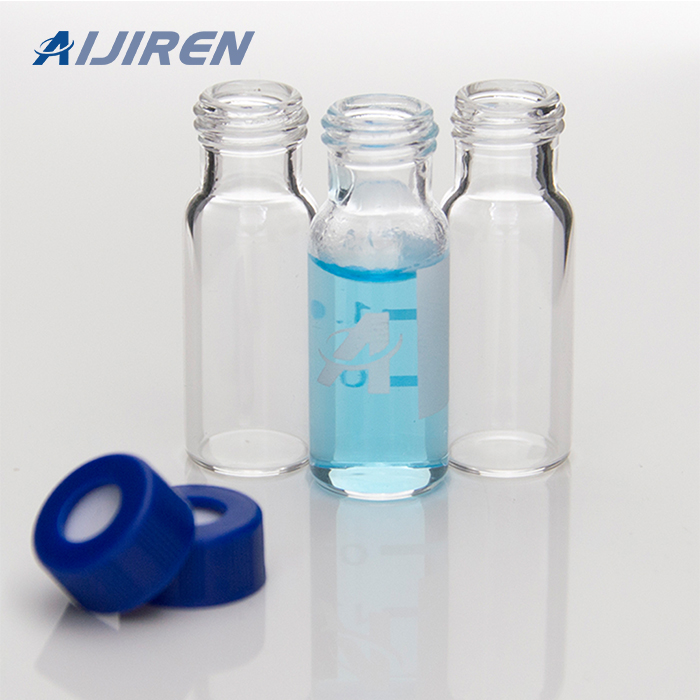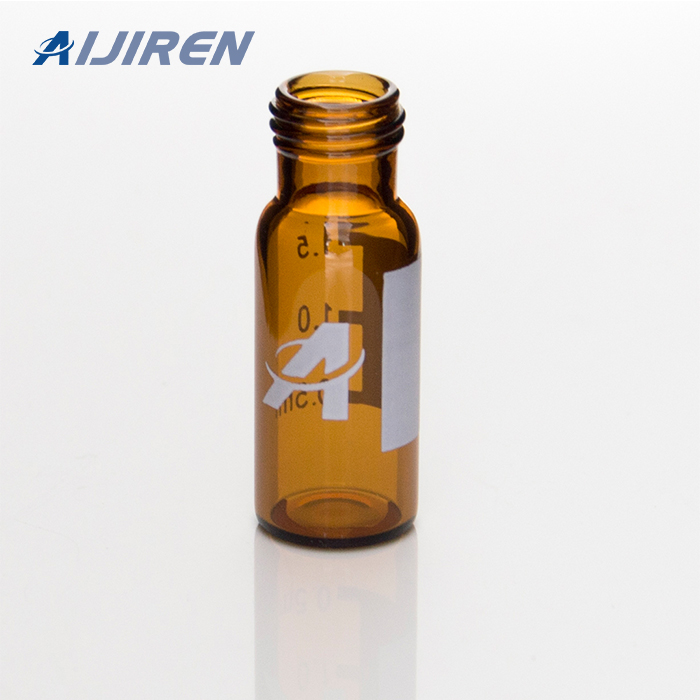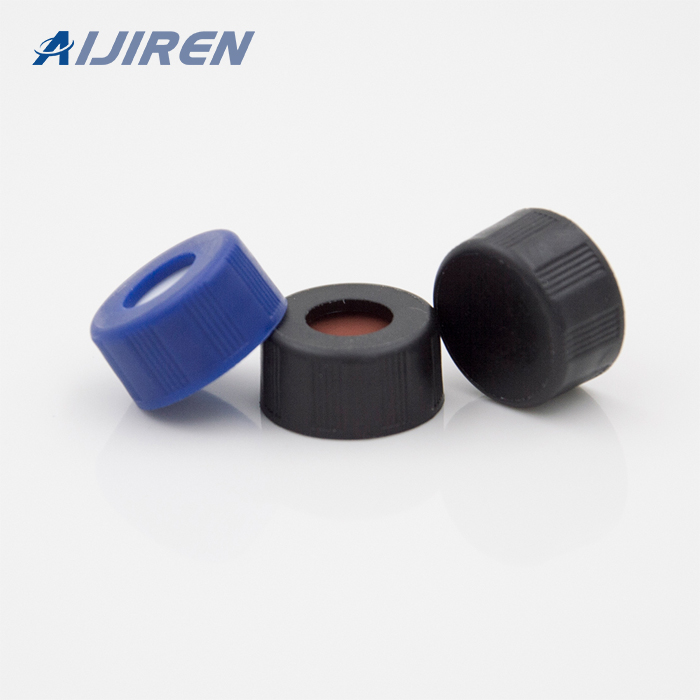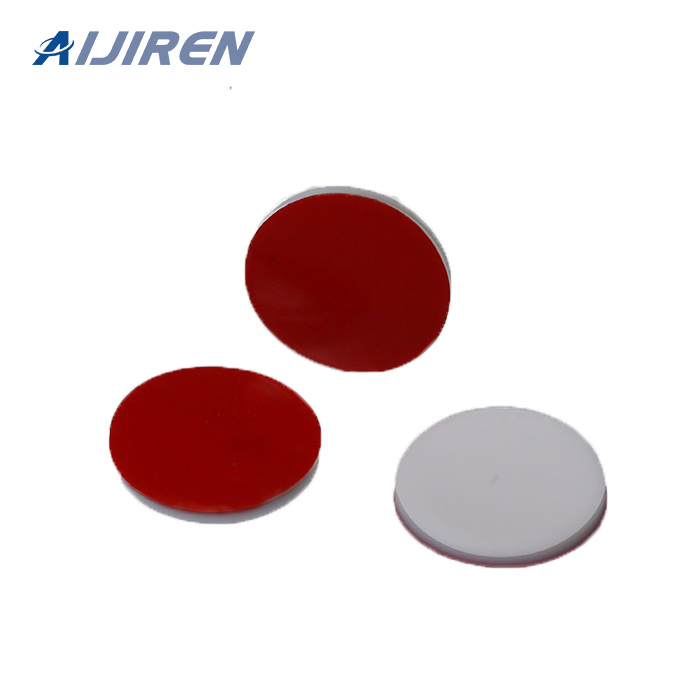












settings of the Waters Alliance 2690/2695 HPLC. This vial delivers maximum sample capacity (~1 mL) with minimum residual volume (~9 μL). Waters Maximum Recovery Vial Specifically designed for the bottom draw-port needle of the Waters ACQUITY UPLC and Alliance HT HPLC Systems. This vial delivers maximum sample capacity (~1.5 mL) with
Shell vial for Waters Wisp 48 Position Carousel volume 3 mL, natural polypropylene vial, Starburst conical snap plug included, diam. × H 15 mm × 45 mm; Synonym: SHELL VIAL WITH CAP; find Supelco-27538 MSDS, related peer-reviewed papers, technical documents, similar products & more at Sigma-Aldrich.
laboratory vials manufacturer Australia :LabOnline. The laboratory vials manufacturer Arc HPLC System is a high-performance liquid chromatograph (HPLC) for routine testing in the pharmaceutical,food,academic and materials markets. laboratory vials manufacturer ACQUITY QDa Mass Detector With the ACQUITY QDa Mass Detector from laboratory vials manufacturer,users can minimise the risk of
1,615 1.5ml hplc vial products are offered for sale by suppliers on Alibaba.com, of which other lab supplies accounts for 1%. A wide variety of 1.5ml hplc vial options are available to you, such as oem. There are 378 suppliers who sells 1.5ml hplc vial on Alibaba.com, mainly located in Asia.
1.5mL 8-425 Screw Neck Vial ND8 1.5mL 9mm Short Thread Vial ND9 1.5mL 10-425 Screw Neck Vial ND10 1.5mL 11mm Snap Ring Vial ND11 1.5mL 11mm Crimp Ring Vial ND11 4mL 13-425 Screw Neck Vial ND13 1mL Shell Vial Micro Insert for for 2mL HPLC vials Vial Racks Hand Crimper, Decrimper
Snap Ring vials, 1.5 mL, 11.6 x 32 mm volume 1.5 mL, clear glass vial, pkg of 1000 ea; find Supelco-854974 MSDS, related peer-reviewed papers, technical documents, similar products & more at Sigma-Aldrich.
1.5ml 2ml wholesale hplc vial Specifications Our vials hplc can superior performance with Aijiren and Waters Alliance Systems. 1.5mL Short Thread Vials, Caps and Septa, Wide opening Short Thread ND9 Vials packaged in a clear-lid tray.
The InfinityLab Analytical HPLC Systems are highly efficient HPLC and UHPLC systems that feature the latest technology. The 1220 Infinity II LC delivers high quality for an affordable price. The 1260 Infinity II LC is the flexible instrument choice, while the 1260 Infinity II Prime LC brings more operational convenience.
May 01, 2020 · Recommended articles. There are no recommended articles. HPLC Pressure Fluctuating – WKB10722; What is the difference between check valve cartridge PN 700000254 and PN 700002399 ?
Chromatography vial closures also referred to as seals, are the combination of a cap and septa. To ensure reliable analyses, it is therefore important that all closures are inert and uncontaminated as well as the vial itself. 1. Types of Autosampler Vial Closures . HPLC / GC Vials are available in three closure types; crimp, snap and screw cap.
Why is using a mass spectrometer important? Mass spectrometers are very powerful and sensitive analytical System. Mass spectrometry requires cleaner vial, cap and septum combinations to avoid masses from the vial which would otherwise interfere with the sample being processed.
HPLC Vials 10-425 1.5ml Screw Vials. Wide-opening vials provide an increased target area for easier sample preparation and to reduce the chance of bent or broken needles during samplingr. Vials are manufactured of Clear, Type 1 Class A or Amber, Type 1 Class B borosilicate glass . Requires the use of 10-425 screw thread closures and 10mm septa.
Waters has developed process handling protocols and QC procedures to ensure Waters Certified Vials meet their specified dimensions, levels of cleanlines, and adsorption properties. These rigorous 2-, 3-, and 4-step certification processes provide clean vials for the demands brought on by sensitive chromatography systems.
I am looking for extra small vials for HPLC. Standard vials with inserts have usually a volume of 150 or 200 microliter and a minimum volume of 10 microliters.
This was called high pressure liquid chromatography, or HPLC. The early 1970s saw a tremendous leap in technology. These new HPLC instruments could develop up to 6,000 psi [400 bar] of pressure, and incorporated improved injectors, detectors, and columns. HPLC really began to take hold in the mid-to late-1970s.